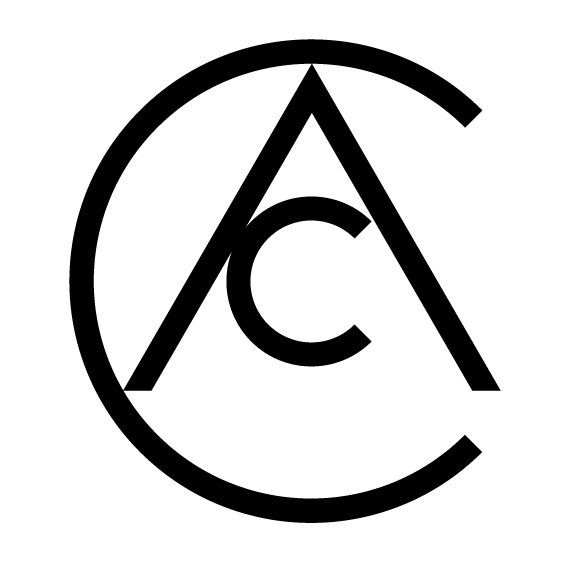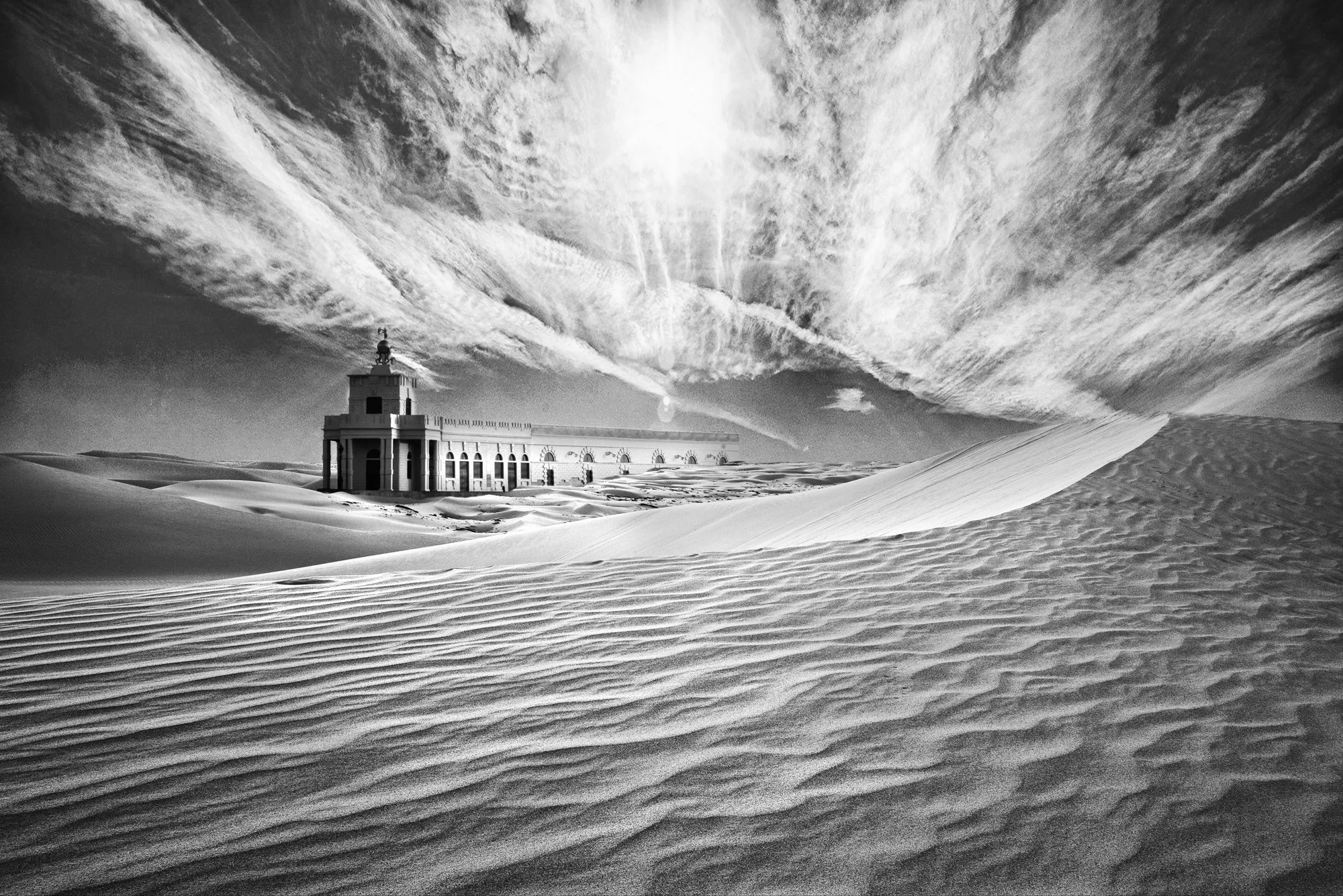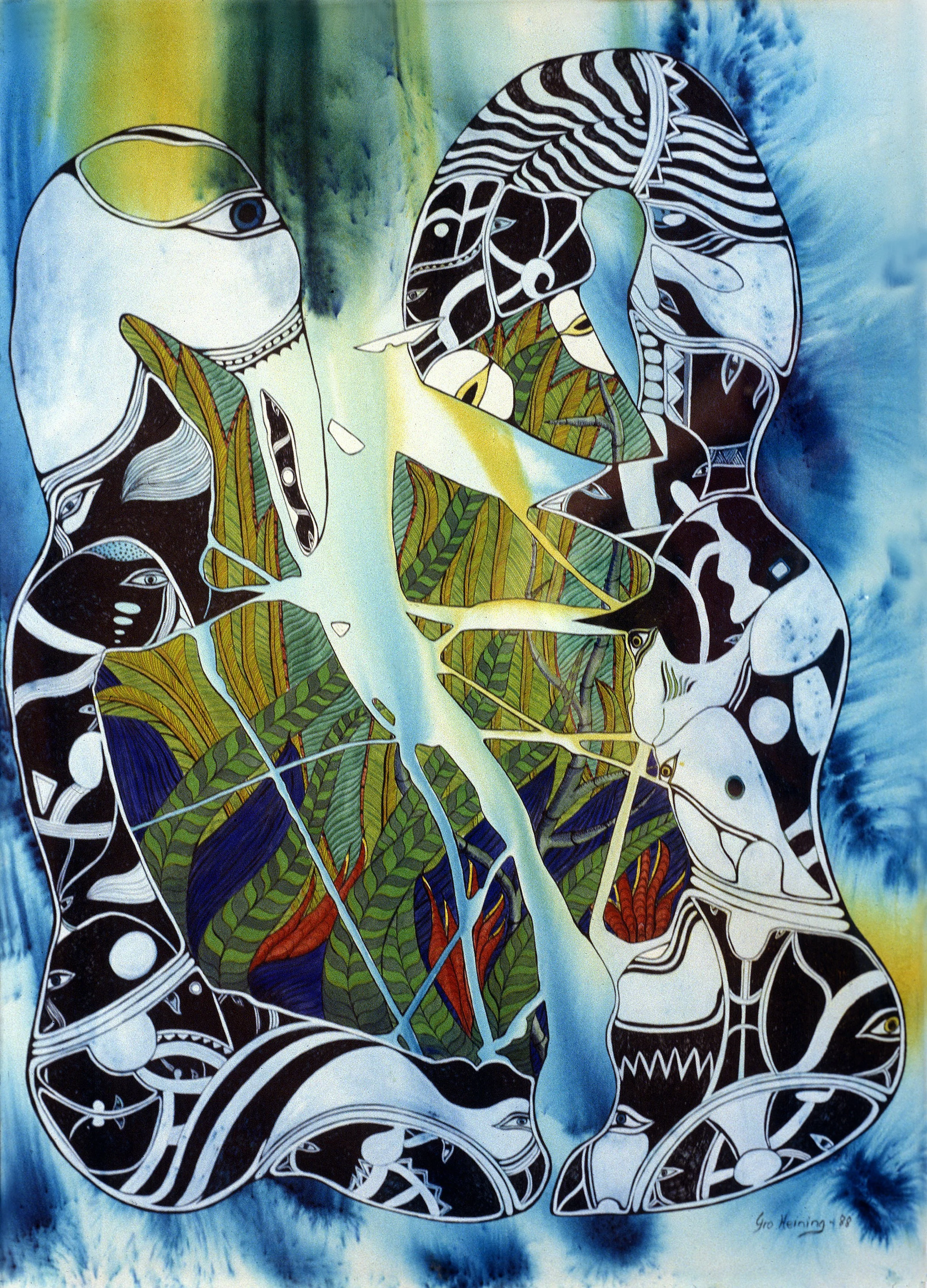Kathleen Kilchenmann
Kathleen Kilchenmann’s oeuvre exists at the intersection of the material and the metaphysical, where layers of texture, color, and found materials articulate a profound meditation on humanity’s relationship with nature and the passage of time. Her works, spanning decades and continents, resonate with a tactile quality that invites the viewer to reach beyond the visual into a contemplative engagement with her art. The following is an exploration of Kilchenmann’s career, her recent works, and her position within the broader context of contemporary art.
Born in Zurich, Switzerland, Kilchenmann’s artistic trajectory took flight in the culturally rich landscapes of Michigan in the United States, where she began exhibiting her textile works. From these early explorations, it is evident that tactility and materiality were central to her artistic vision. Her award-winning wall hangings—purchased by institutions like the Children’s Museum of Detroit—already hinted at her ability to transform humble materials into evocative works of art. Upon returning to Europe, Kilchenmann’s practice evolved into a more mixed-media focus, encompassing canvas, paper, and wood, while never abandoning her roots in texture and material exploration.
Her philosophy, as articulated in her artist’s statement, revolves around the interplay between nature, environment, and landscapes—both physical and psychological. The works attached to this review, created between 2015 and 2024, are an exemplary manifestation of her vision. These pieces, rendered in mixed media, represent Kilchenmann’s mastery of collage and her ability to merge organic and synthetic elements into harmonious, evocative compositions.
The painting "Der Natur nahe II" (2017) exemplifies Kilchenmann’s dedication to capturing the raw, visceral essence of nature. The layered textures of bark, straw, and earthy pigments create a haptic surface that feels simultaneously ancient and modern. Kilchenmann’s use of collage and layering imbues the work with a temporal depth—a sense of geological stratification that mirrors the natural world’s processes of decay and renewal.
In "Kosmos" (2024), a circular composition, the artist explores a more cosmic, abstract dimension of nature. The bold blues, punctuated by patterns and contrasting metallic hues, suggest celestial bodies and planetary orbits. The piece evokes a dialogue with Wassily Kandinsky’s explorations of spirituality through abstraction, yet Kilchenmann’s work is firmly grounded in her own material vocabulary. The inclusion of textured, natural elements reminds us that even the cosmic is intrinsically tied to the earthly.
The award-winning "Lebensraum" (2022), a circular piece bursting with life, reaffirms Kilchenmann’s place as a chronicler of the natural world’s vibrancy. The use of organic shapes and subdued yet rich colors speaks to the interplay of habitat, growth, and survival. The tactile, layered quality of the work invites viewers to consider their own interconnectedness with the ecosystems they inhabit.
"Pflanzenwelt II" (2023) and "Pflanzenwelt Blau" (2022) take a more intimate view of the natural world, drawing attention to botanical forms. These works are imbued with a sense of movement, as if capturing the swaying of plants in the wind. The circular format creates a sense of completeness, suggesting the cyclical nature of life and growth. Kilchenmann’s use of found materials and textured layers lends these works an almost sculptural quality.
The monumental "Variation of Landscape I" (2018) and "Wechselspiel-Horizont" (2015) highlight her ability to translate vast landscapes into abstracted, textural meditations. These rectangular pieces suggest the stratification of earth and sky, with Kilchenmann’s earthy palette of browns, reds, and blues evoking both land and horizon. The horizontal bands create a rhythm that mirrors the pulse of nature itself, inviting viewers to lose themselves in the expansive depth of her compositions.
Kilchenmann’s works are not merely representations of nature; they are immersive landscapes of the soul, as she herself describes them. Her commitment to combining found objects—braids, bark, and Asian paper—with layers of paint and earth demonstrates her respect for the environment and her ability to transform the ordinary into the extraordinary. The tactile quality of her surfaces creates a visceral connection with the viewer, drawing them into a sensory dialogue with the work.
There is a philosophical depth to Kilchenmann’s art that recalls the works of Anselm Kiefer, another artist deeply concerned with memory, history, and the natural world. Like Kiefer, Kilchenmann uses materials imbued with meaning, yet her works possess a more intimate, almost meditative quality. Where Kiefer’s large-scale pieces confront viewers with the weight of history, Kilchenmann’s works invite a quieter reflection on our place within the natural world and the delicate balance between humanity and the environment.
In an era where climate change and environmental degradation dominate global discourse, Kathleen Kilchenmann’s art is both timely and essential. Her works remind us of the beauty and fragility of the natural world, urging us to reconsider our relationship with the environment. By integrating natural materials into her practice, she not only highlights the interconnectedness of all life but also blurs the boundary between art and nature.
Kathleen’s art is particularly resonant within the contemporary art scene, where mixed media and ecological themes have become increasingly prominent. Her ability to combine traditional and experimental techniques—from collage to the layering of pigments and found objects—positions her as a pioneer in the field. Her work stands alongside that of other contemporary artists who engage with ecological themes, such as Olafur Eliasson and Maya Lin, yet Kilchenmann’s practice is uniquely rooted in her personal experience and her connection to the landscapes of Switzerland and Germany.
Kilchenmann’s success in merging aesthetic beauty with a message of ecological preservation places her work at the forefront of the eco-art movement. Her use of found and organic materials is not only an artistic choice but also a philosophical one, encouraging viewers to think critically about the materials they encounter in their daily lives. This approach aligns her with the growing demand for art that addresses environmental consciousness in a tangible and meaningful way.
Kilchenmann’s art matters because it transcends aesthetic concerns to address universal themes of connection, memory, and environment. In a society increasingly disconnected from the natural world, her works serve as a bridge, inviting viewers to reconsider their place within the web of life. Her use of organic materials underscores the importance of sustainability and the potential of art to foster a deeper awareness of our impact on the planet.
Kathleen Kilchenmann’s art embodies a philosophy of resilience and renewal. By transforming humble materials into works of profound beauty, she demonstrates the potential for growth and regeneration, even in the face of adversity. Her art is a testament to the enduring power of creativity and the human spirit.
Through her masterful interplay of color, texture, and material, Kilchenmann’s works also encourage a profound emotional response. They provoke questions about the interconnectedness of humanity and nature, suggesting that the boundaries between them are far more porous than they might seem. Her art offers a sense of solace and introspection, a rare gift in an increasingly fast-paced and fragmented world.
Kathleen Kilchenmann’s art is a celebration of nature, a meditation on the passage of time, and an invitation to reconnect with the world around us. Her works, rich in texture and meaning, occupy a vital place in contemporary art, addressing pressing environmental concerns while offering moments of introspection and wonder. Through her masterful use of mixed media, Kilchenmann has carved out a unique voice that resonates deeply with viewers, reminding us of the beauty and fragility of the world we inhabit.
In the tradition of great artists like Anselm Kiefer, Kilchenmann’s work bridges the material and the metaphysical, the earthly and the eternal. Her art is not merely to be viewed but to be experienced—a tactile, philosophical journey that leaves a lasting impression on the soul. As she continues to evolve her practice, Kilchenmann’s contributions to contemporary art and society will undoubtedly endure, inspiring generations to come. Her legacy is one of beauty, depth, and an unwavering commitment to the interconnectedness of all life.
By Marta Puig
Editor Contemporary Art Curator Magazine
Lebensraum, Mixed Media/Collage, 80cm, 2022
Kosmos,Mixed Media/Collage, 50cm,2024
Standort,Mixed Media/Collage,50cm,2019
Pflanzenwelt blau,Mixed Media/Collage, 50cm, 2022
Pflanzenwelt II,Mixed Media/Collage,50cm, 2023
Am Anfang des Frühlings,Mixed Media/Collage,100x100cm, 2020
Zwischen <Himmel umd Erde,Mixed Media/Collage,80 x 110cm,22018
Wechselspiel-Horizont,Mixed Media/Collage, 80x100cm, 2015
Variation of Landscape I,MixedMedia/Collage,100x140cm, 2018
der Natur nahe II, Mixed Media/Collage, 60x60cm, 2017













